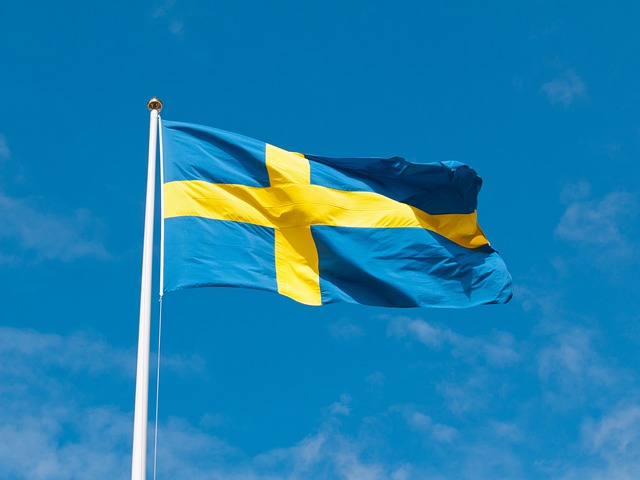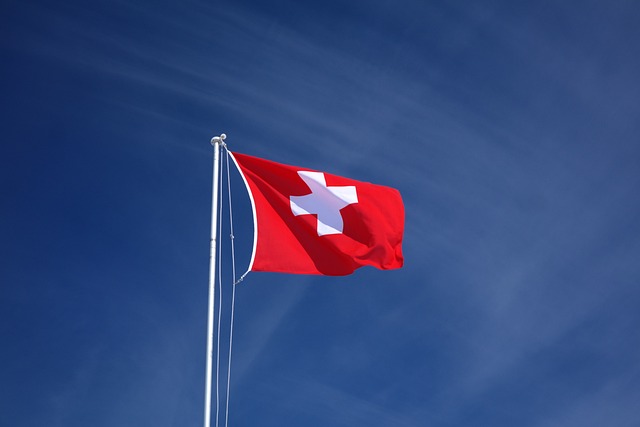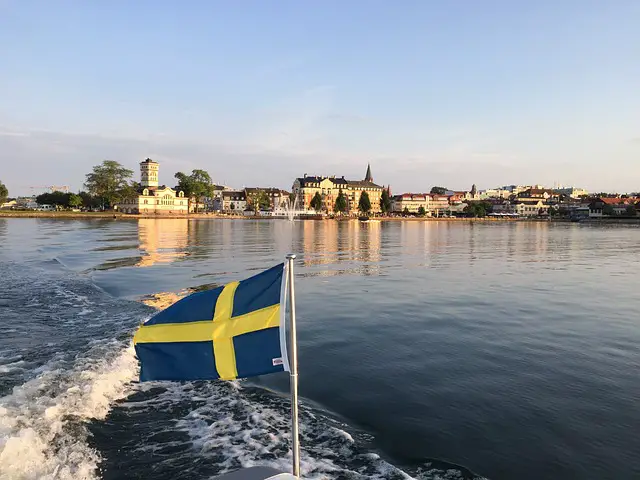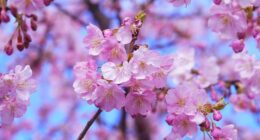Sweden and Switzerland are distinct European countries. Sweden is in Northern Europe, while Switzerland is in Central Europe, known for its Alps and neutrality.
TL;DR Sweden Vs. Switzerland
Sweden shines with its welfare state, egalitarian values, and focus on innovation and technology. The country embraces a more relaxed lifestyle and promotes work-life balance for its citizens.
Switzerland stands out for its financial stability, precision engineering, and renowned chocolate-making tradition. The Swiss value punctuality and efficiency in every aspect of life.
Sweden

Sweden, the land of picturesque landscapes and enchanting cities, is a Nordic gem that captivates visitors with its rich history and vibrant culture. Located in Northern Europe, Sweden boasts a diverse terrain encompassing dense forests, pristine lakes, and stunning coastal archipelagos.
One of the defining features of this Scandinavian nation is its commitment to sustainability and environmental conservation. Sweden has long been at the forefront of renewable energy initiatives and green practices. From wind power to waste management systems that turn garbage into energy, Sweden sets an example for other countries striving for a greener future.
When it comes to education and innovation, Sweden shines brightly on the global stage. With renowned universities like Uppsala University and Lund University consistently ranking among the top institutions worldwide, Sweden offers exceptional educational opportunities.
In terms of lifestyle, Swedes are known for their work-life balance. The concept of “lagom,” meaning moderation or just enough, permeates Swedish society. This philosophy encourages a balanced approach to life – not too much excess or too little effort – resulting in contentment and overall well-being.
Swedish cuisine may not be as internationally famous as some other European cuisines but it certainly holds its own unique charm. Traditional dishes such as meatballs (köttbullar), herring (sill), and cinnamon buns (kanelbullar) are beloved staples that showcase local flavors.
From Stockholm’s trendy urban neighborhoods to Lapland’s breathtaking wilderness where you can witness the northern lights dance across the sky during winter months – each region within Sweden offers distinctive experiences worth exploring.
Switzerland

Switzerland, often referred to as the “Land of the Alps,” is a captivating country nestled in the heart of Europe. Renowned for its stunning landscapes, impeccable infrastructure, and high standard of living, Switzerland has become a prime destination for travelers and expats alike.
One of the first things that comes to mind when thinking about Switzerland is its famous Swiss watches. The precision and craftsmanship that go into these timepieces are unparalleled. Swiss watches have become synonymous with luxury and elegance, attracting watch enthusiasts from around the globe.
Another defining feature of Switzerland is its efficient public transportation system. From trains to trams and buses, getting around this beautiful country is a breeze. The scenic train rides through picturesque mountain villages offer an unforgettable experience for visitors.
When it comes to food, Switzerland boasts a rich culinary heritage. Fondue and raclette are two classic dishes that have gained international popularity. Indulging in melted cheese with friends or family while sipping on local wine is a cherished tradition in Swiss culture.
Switzerland’s commitment to sustainability also sets it apart. The country prioritizes renewable energy sources like hydroelectric power and promotes eco-friendly practices across various industries.
In terms of language diversity, Switzerland stands out with four official languages: German, French, Italian, and Romansh. This linguistic variety contributes to its unique cultural fabric and allows different regions within the country to maintain their distinct identities.
With breathtaking landscapes at every turn – from snow-capped mountains to crystal-clear lakes – Switzerland offers endless opportunities for outdoor activities such as skiing, hiking, biking, and paragliding.
Sweden Vs. Switzerland – Key differences
| Characteristic | Sweden | Switzerland |
|---|---|---|
| Location | Northern Europe | Central Europe |
| Capital | Stockholm | Bern |
| Official Language | Swedish | German, French, Italian, and Romansh |
| Population | Larger population, over 10 million people | Smaller population, around 8 million people |
| Geography | Diverse landscapes, including forests, lakes, and a long coastline. | Known for the Swiss Alps, with mountains, lakes, and picturesque villages. |
| Currency | Swedish Krona (SEK) | Swiss Franc (CHF) |
| Government | Constitutional monarchy with a parliamentary system | Federal semi-direct democracy with a multi-party system |
| Economy | Strong industrial and tech sectors, welfare state. | Known for banking, finance, pharmaceuticals, and watchmaking. |
| Tourism | Popular tourist destination, with attractions like Stockholm, Abba Museum, and natural beauty. | Renowned for ski resorts, hiking, Swiss watches, and Swiss chocolate. |
| Famous Brands | IKEA, Volvo, H&M | Rolex, Nestlé, UBS, Swatch |
| Neutrality | Historically known for neutrality in conflicts. | Famous for its policy of armed neutrality and hosting international organizations. |
| Cuisine | Swedish cuisine with dishes like meatballs, herring, and gravlax. | Swiss cuisine, including fondue, raclette, and chocolate. |
Sweden Vs. Switzerland – Similarities
- High Quality of Life: Both Sweden and Switzerland consistently rank high in terms of quality of life, offering excellent healthcare, education, and social welfare systems.
- Environmental Focus: Both countries prioritize environmental conservation and sustainability, with initiatives to reduce carbon emissions and promote clean energy.
- Strong Education Systems: Sweden and Switzerland boast well-developed educational systems and are known for their high standards in research and academia.
- Peaceful and Neutral: Both nations have maintained a long history of political neutrality in international conflicts, making them known for diplomacy and peacekeeping efforts.
- Linguistic Diversity: While not identical, both countries have linguistic diversity. Sweden has the Sami language, and Switzerland has multiple official languages (German, French, Italian, and Romansh).
These shared characteristics indicate that Sweden and Switzerland are progressive, peaceful, and environmentally conscious countries with a strong emphasis on education and quality of life.
Sweden Vs. Switzerland – Lifestyle and Social Differences
Sweden
- Social Welfare and Equality: Sweden has a strong tradition of social welfare and strives for income equality. It has a progressive tax system and provides comprehensive healthcare, education, and other social services.
- Gender Equality: Sweden is known for its commitment to gender equality, with policies aimed at reducing the gender pay gap and promoting equal opportunities for women in the workplace.
- Nature and Outdoor Lifestyle: Swedes have a deep connection to nature and outdoor activities. The country’s vast forests, lakes, and recreational spaces offer opportunities for hiking, camping, and other outdoor pursuits.
Switzerland
- Banking and Finance: Switzerland is a global financial hub, known for its banking and finance sector. It attracts expatriates and businesses due to its stable economy and low tax rates.
- Multilingualism: Switzerland’s multilingual culture is reflected in its four official languages: German, French, Italian, and Romansh. Language and cultural diversity play a significant role in Swiss society.
- Traditional Festivals and Customs: Switzerland has a rich tapestry of regional traditions and festivals. Events like the Carnival of Basel, Fasnacht, and various folk festivals showcase Swiss cultural diversity.
These differences reflect varying societal priorities and cultural aspects in the two countries, with Sweden emphasizing social equality and a close connection to nature and Switzerland’s focus on finance, multilingualism, and cultural traditions.
Image Credits
Featured Image By – Johan Bollman from Pixabay
Image 1 By – Unif from Pixabay
Image 2 By – Hans from Pixabay








